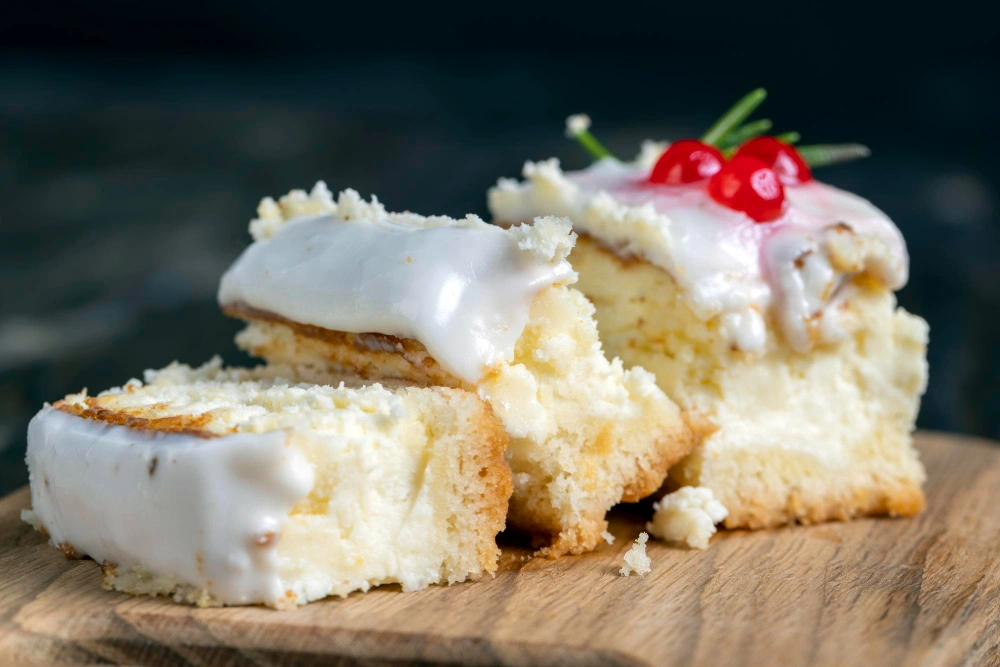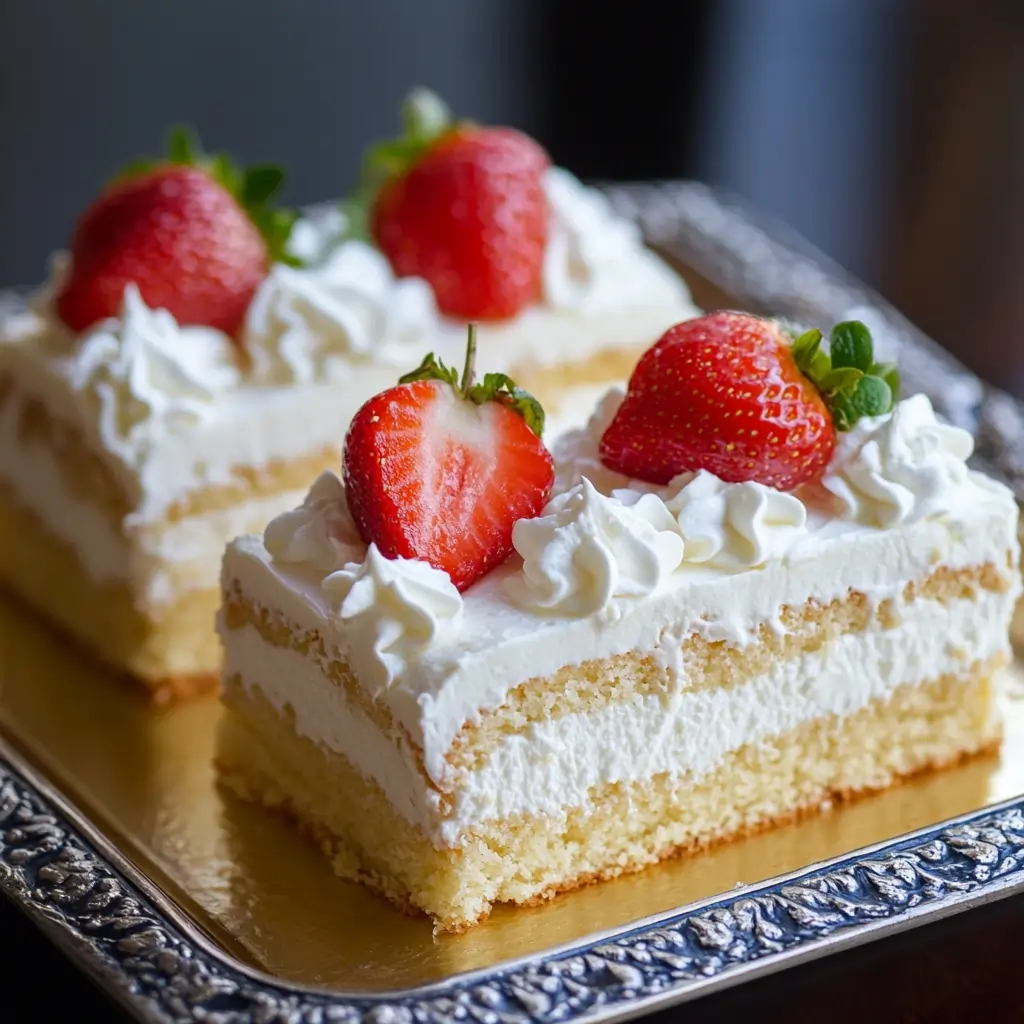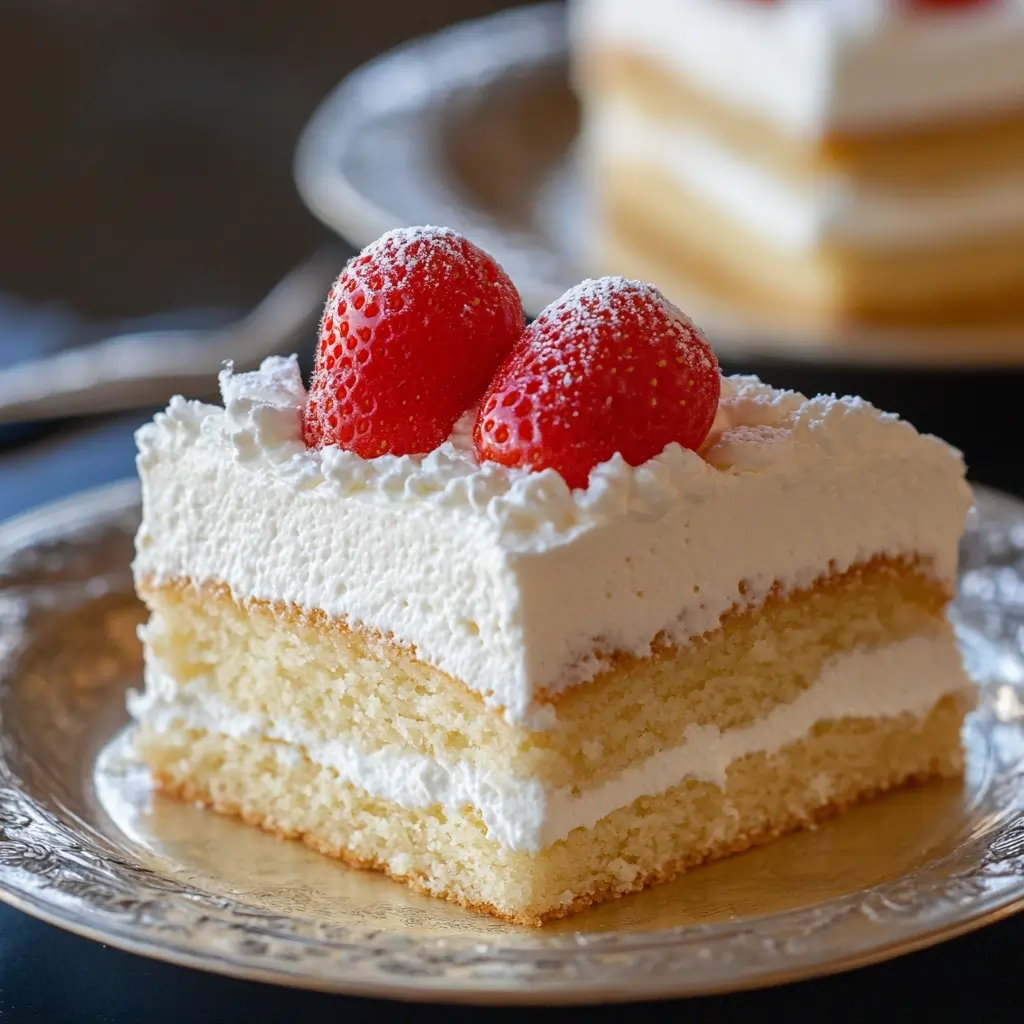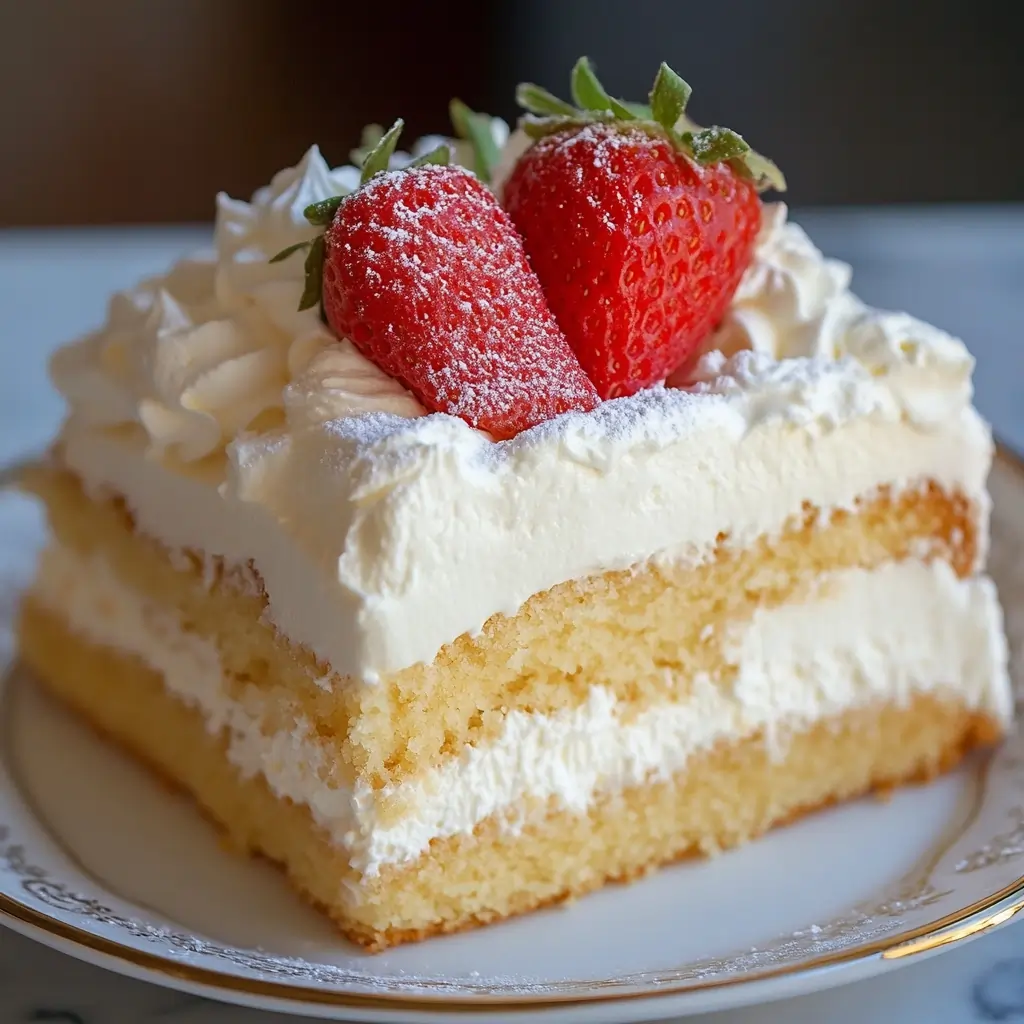What is Kefir and Why Use It in Baking?
Kefir is a fermented milk drink that has gained popularity due to its unique tangy flavor and probiotic benefits. When incorporated into a kefir sheet cake recipe, it introduces a moist texture and subtle acidity that balances sweetness. This fermentation process not only contributes to the cake’s flavor profile but also enhances its nutritional value. Kefir is rich in vitamins, including B12 and K2, and provides essential minerals like calcium and magnesium.
Moreover, the probiotics found in kefir support gut health and may aid digestion. Consequently, using kefir in your baking can transform traditional recipes into healthier alternatives without sacrificing taste. This ingredient is versatile and can be easily substituted in various cake recipes. Thus, if you are seeking a unique twist on your favorite desserts, a kefir sheet cake recipe is an excellent choice that offers both flavor and health benefits.
Ingredients for Kefir Sheet Cake
To create a delicious kefir sheet cake recipe, you will need a variety of ingredients that come together to create a moist and flavorful dessert. Below is a list of essential components to consider:
- Kefir: The star of the recipe, providing moisture and tang.
- All-purpose flour: This forms the base of the cake.
- Granulated sugar: Adds sweetness to balance the tanginess of the kefir.
- Baking powder: This is essential for leavening the cake.
- Baking soda: Works in conjunction with the acidity of kefir to help the cake rise.
- Salt: Enhances the flavors of the other ingredients.
- Eggs: Provide structure and richness.
- Vanilla extract: Adds a warm, aromatic flavor.
- Butter or oil: Keeps the cake moist.
When preparing your kefir sheet cake recipe, ensure all ingredients are at room temperature for an even batter. This will help achieve the best texture and rise. Additionally, feel free to experiment with flavors by adding ingredients such as cocoa powder or citrus zest for a unique twist.

The Perfect Tools for Baking a Sheet Cake
Having the right tools is crucial for successfully executing a kefir sheet cake recipe. The following items will ensure that your baking process is smooth and efficient:
- Sheet pan: A standard half-sheet pan (18×13 inches) is ideal for this recipe.
- Mixing bowls: Use a large bowl for mixing wet ingredients and a smaller one for dry ingredients.
- Whisk: Essential for aerating the batter, ensuring it’s light and fluffy.
- Spatula: A silicone or rubber spatula is perfect for folding ingredients without deflating the batter.
- Measuring cups and spoons: Precision is key in baking, so accurate measurements are vital.
- Cooling rack: This helps cool the cake evenly after baking, preventing sogginess.
By utilizing these tools, you can streamline your baking experience and focus on perfecting your kefir sheet cake recipe. Furthermore, having everything organized before starting will allow you to enjoy the process and create a delightful dessert.
Step-by-Step Guide to Making Kefir Sheet Cake
Creating a kefir sheet cake recipe may seem daunting, but following a step-by-step guide will simplify the process. Here’s how to bake your cake:
- Preheat the oven: Start by preheating your oven to 350°F (175°C) to ensure it reaches the proper temperature before baking.
- Prepare the pan: Grease your sheet pan with butter or oil and line it with parchment paper for easy removal.
- Mix dry ingredients: In a mixing bowl, whisk together the flour, baking powder, baking soda, and salt until well combined.
- Combine wet ingredients: In another bowl, beat the eggs with sugar until light and fluffy. Then, add the kefir and vanilla extract, whisking until smooth.
- Blend mixtures: Gradually add the dry ingredients to the wet mixture, folding gently with a spatula until just combined. Avoid overmixing.
- Pour into the pan: Transfer the batter to the prepared sheet pan, spreading it evenly.
- Bake: Place the pan in the preheated oven and bake for 25-30 minutes, or until a toothpick inserted in the center comes out clean.
- Cool: Allow the cake to cool in the pan for a few minutes before transferring it to a cooling rack to cool completely.
Following these steps will help you create a wonderfully moist kefir sheet cake recipe that’s perfect for any occasion.
Customizing Your Kefir Sheet Cake
One of the joys of baking is the ability to personalize recipes. A kefir sheet cake recipe offers endless opportunities for customization. Here are a few ideas to enhance your cake:
- Flavored kefir: Experiment with flavored kefir, such as strawberry or blueberry, to impart unique tastes to your cake.
- Add-ins: Stir in chocolate chips, nuts, or dried fruits to add texture and flavor.
- Frosting options: Top your cake with a cream cheese frosting, whipped cream, or a simple glaze made from powdered sugar and milk.
- Fruit toppings: Fresh fruits like strawberries, raspberries, or citrus segments can brighten up your cake and add a refreshing element.
By customizing your kefir sheet cake recipe, you can create a dessert that reflects your personal taste and preferences. This not only makes baking more enjoyable but also allows you to impress your guests with unique creations.
Nutritional Value of Kefir Sheet Cake
Understanding the nutritional value of your kefir sheet cake recipe can help you make informed choices about your dessert. Here’s a breakdown of some key components:
- Calories: Depending on portion size, a slice of kefir sheet cake typically contains around 200-300 calories.
- Protein: Kefir contributes protein, which is essential for muscle repair and growth.
- Fat: The use of butter or oil provides healthy fats, which are necessary for overall health.
- Carbohydrates: The cake is primarily made of carbohydrates from flour and sugar, providing energy.
- Vitamins and minerals: Kefir is a source of calcium and B vitamins, promoting strong bones and overall well-being.
While indulging in a slice of kefir sheet cake recipe, you can appreciate its nutritional benefits, particularly when compared to traditional cakes. Thus, this dessert can fit into a balanced diet when enjoyed in moderation.

Storing and Serving Kefir Sheet Cake
Proper storage of your kefir sheet cake recipe is essential to maintain its freshness and flavor. Here are some tips on how to store and serve your cake:
- Cooling: Ensure your cake is completely cool before storing it to prevent moisture buildup.
- Storage: Store the cake in an airtight container at room temperature for up to three days. For longer storage, refrigerate it, where it can last for about a week.
- Freezing: If you want to keep it longer, wrap individual slices in plastic wrap and place them in a freezer-safe container. This allows you to enjoy a slice whenever you desire.
When serving your kefir sheet cake, consider pairing it with a dollop of whipped cream or a scoop of ice cream to enhance the dessert experience. Additionally, it can be enjoyed as a light snack or as part of a festive gathering, making it a versatile option for various occasions.
Pairing Kefir Sheet Cake with Other Dishes
Pairing your kefir sheet cake recipe with complementary dishes can elevate your dessert experience. Here are some ideas for delicious pairings:
- Fruit salads: A fresh fruit salad can provide a refreshing contrast to the richness of the cake.
- Yogurt parfaits: Layering slices of cake with yogurt and berries creates a delightful and wholesome dessert option.
- Coffee or tea: Serving your cake alongside a warm beverage enhances its flavors and makes for a comforting treat.
These pairings not only enhance the enjoyment of your kefir sheet cake but also introduce additional flavors and textures that can impress your guests.
For more pairing ideas, check out other creative dessert recipes.
Baking Tips for Beginners
If you are new to baking, following a kefir sheet cake recipe can be a great starting point. Here are some tips to help you succeed in your baking journey:
- Read the recipe thoroughly: Understanding each step before you begin will help avoid mistakes.
- Measure accurately: Use the correct measuring tools for dry and wet ingredients to ensure consistent results.
- Preheat your oven: Always preheat your oven to the specified temperature, as this affects baking time and texture.
- Don’t rush: Allowing the cake to cool properly will prevent it from falling apart when served.
By implementing these tips, you will gain confidence in your baking skills and create a delectable kefir sheet cake recipe that you can proudly share with family and friends.

FAQ’s
Can I use kefir instead of buttermilk in cake?
Yes, you can use kefir instead of buttermilk in cake recipes. Kefir has a similar tangy flavor and acidity, which helps to tenderize the cake and enhance its moisture. This substitution works well in various baked goods, providing delicious results while also adding nutritional benefits due to its probiotic content.
Can you bake with kefir instead of milk?
Absolutely! Baking with kefir instead of milk is a great option. Kefir’s unique texture and tanginess can enhance the flavor of your baked goods. It acts as a source of acid, which can help with leavening when combined with baking soda or powder, resulting in a light and fluffy texture.
What not to mix with kefir?
While kefir is versatile, there are some combinations to avoid. For instance, mixing kefir with highly acidic ingredients, such as vinegar or citrus juices, can lead to curdling. Additionally, combining kefir with certain dairy products, like fresh milk, may not yield the best flavor or texture. It’s best to use kefir in recipes where its tanginess can complement other flavors.
Can I use kefir instead of yogurt in cake?
Yes, kefir can be used as a substitute for yogurt in cake recipes. Both ingredients share similar properties, including acidity and creaminess, which contribute to the cake’s moisture and flavor. Using kefir instead of yogurt may even provide a slightly different taste, adding a unique twist to your cake.
Does kefir lose probiotics when cooked?
Kefir does lose some of its probiotics when exposed to high heat during cooking or baking. However, it still retains some beneficial properties, and the overall nutritional value remains high. If you want to maximize the probiotic benefits, consider using kefir in recipes that do not require cooking, such as dressings or smoothies.
Are buttermilk and kefir the same?
While buttermilk and kefir are not the same, they share some similarities. Both are fermented dairy products that contain beneficial bacteria and have a tangy flavor. However, kefir is typically thinner and contains a wider variety of probiotics compared to buttermilk. Additionally, kefir can be made from various types of milk, while buttermilk is traditionally a byproduct of churning butter.
Conclusion
The kefir sheet cake recipe is a delicious and nutritious dessert that combines flavor and health benefits. Whether you’re a seasoned baker or a novice, this kefir sheet cake recipe is easy to follow and yields impressive results. By customizing the recipe and experimenting with flavors, you can create a dessert that stands out at any gathering.
Happy baking!

